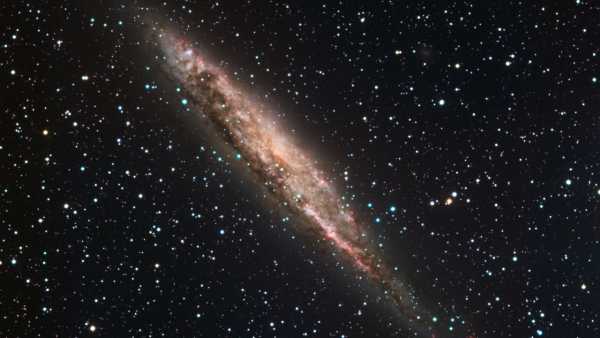
NGC 4945 is an edge-on spiral galaxy located 11 million light-years from Earth in the constellation Centaurus (Image credit: ESO)
An intriguing cosmic object discovered in a nearby galaxy and observed exclusively in millimeter-wave radio waves may represent a previously unknown type of astrophysical phenomenon.
Called “Punctum” (from the Latin for “point”), it was identified by a team of researchers led by Elena Shablovinskaya of the Institute of Astrophysics at the Diego Portales University in Chile. The discovery was made using the ALMA array in the Chilean Atacama Desert.
“The radiation power of Punctum exceeds the indicators of objects outside supermassive black holes,” Shablovinskaya noted in a commentary for Space.com.
You might be interested
-
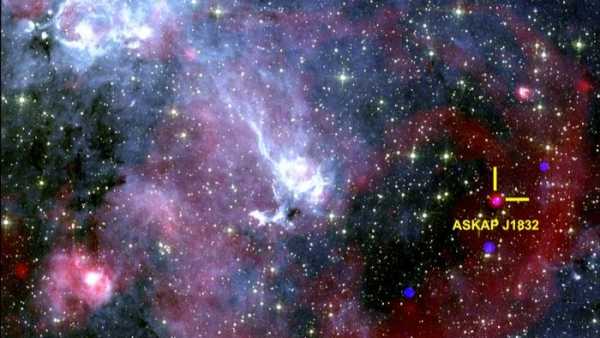
Unusual object transmits radio signals to Earth every 44 minutes
-
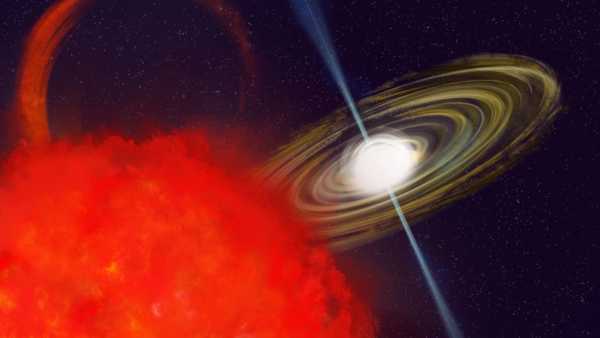
Rapidly Rotating Space 'Unicorn' Found That Challenges Laws of Physics
-

Largest cosmic explosions since the Big Bang recorded
For now, scientists have limited information: the object is compact, has a pronounced magnetic structure and produces colossal energy radiation.
“Its brightness exceeds typical magnetars by 10,000 to 100,000 times, microquasars by 100 times, and most supernovae by 10 to 100 times. Among galactic sources, only the Crab Nebula is brighter,” the researcher explained.
The Punctum location is the active galaxy NGC 4945, located 11 million light-years from the Milky Way. Despite its relative proximity, the object is invisible in optical and X-ray spectra, making it difficult to study. JWST has not yet conducted infrared observations.
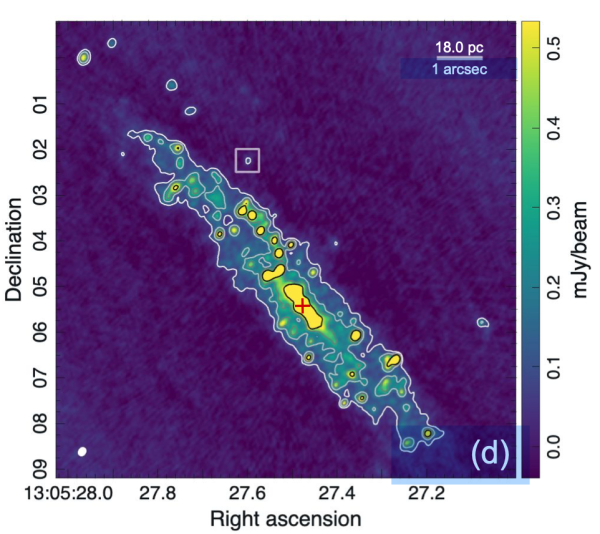
ALMA image of the core of NGC 4945 highlighting the mysterious Punctum object. What could it be?
The stable brightness of the object during the 2023 observations excludes the version of short-term phenomena. Millimeter radiation is usually associated with cold structures, but synchrotron processes in magnetic fields can also generate it.
Strong polarization indicates an ordered magnetic field, typical of compact objects. According to Shablovinskaya, Punctum's radiation is synchrotron in nature.
Hypotheses include magnetars, but their millimeter-wavelength emission is much weaker. Supernova remnants such as the Crab Nebula are of suitable brightness, but are much larger than Punctum.
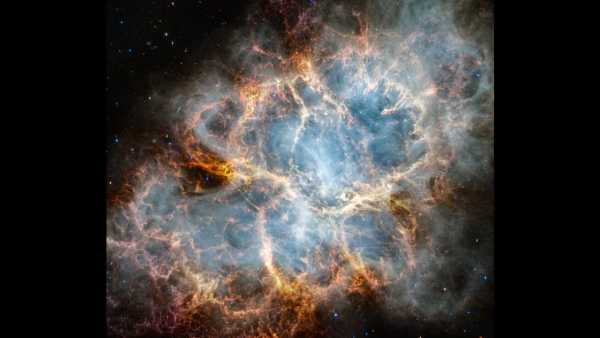
The Crab Nebula as seen by JWST
“Punctum does not correspond to any known category of objects,” Shablovinskaya emphasized. The discovery was made possible by ALMA's sensitivity, which has no analogues before.
It is possible that the object represents an extreme version of known phenomena, but there is no evidence. Punctum may be the first of a new class of objects detected exclusively by ALMA.
The object is 100 times less bright than the active nucleus of NGC 4945, which is powered by a supermassive black hole. The discovery was facilitated by the unique polarization of the radiation.
Additional studies by ALMA and JWST will help determine the nature of the object. Punctum was initially discovered by accident while studying the galaxy's core.
Observations at different frequencies and high-resolution infrared analysis will help to clarify the characteristics of the emission.
RELATED MATERIALS
— Mysterious “ice spheres” in space baffle scientists
— Record-breakingly detailed images of planet formation in distant star systems
— Giant Space 'Eye of Sauron' Captured in 15-Year Timelapse Project
While questions remain, one thing is clear: astronomers have encountered a unique mystery that requires new approaches.
“Punctum demonstrates how much of the unknown is hidden in the millimeter range,” Shablovinskaya summed up.
The results of the study have been accepted for publication in Astronomy & Astrophysics, and a preprint is available at astro.ph.
Kate CooperAstrobiology Magazine Further reading
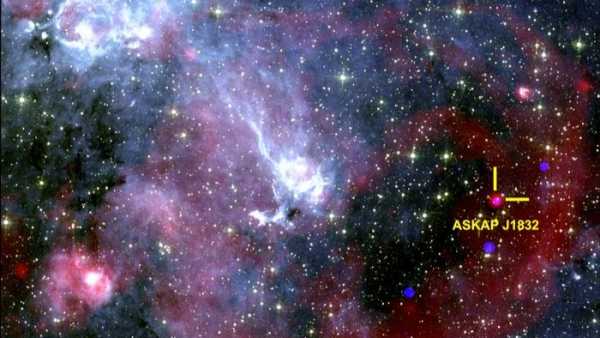
Unusual object transmits radio signals to Earth every 44 minutes
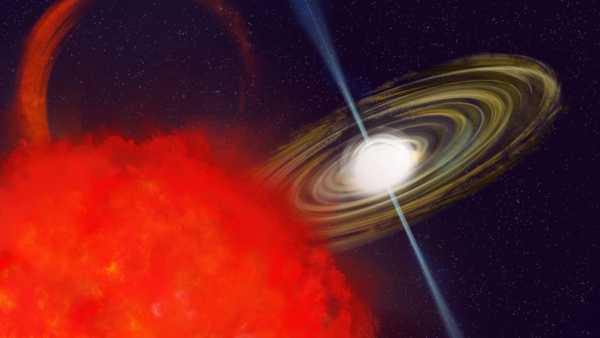
Rapidly Rotating Space 'Unicorn' Found That Challenges Laws of Physics
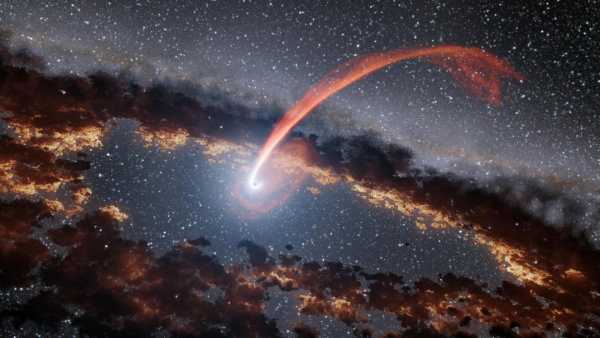
Largest cosmic explosions since the Big Bang recorded
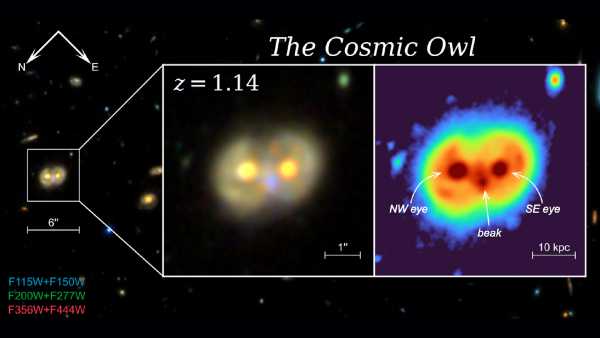
Rare 'Space Owl' Caught in JWST Lens
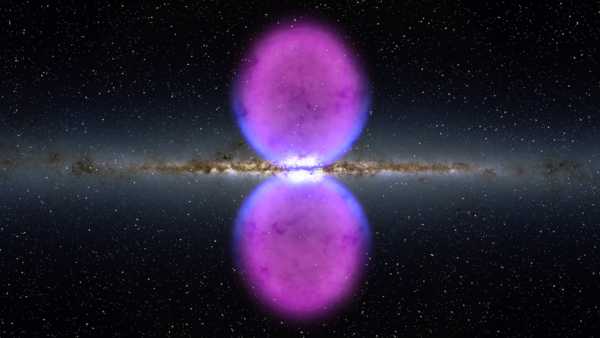
'Icy Clouds' Discovered at Centre of Galaxy Thought Impossible
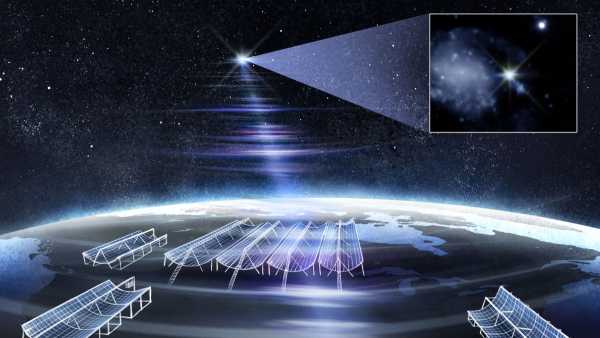
JWST Captures Record-Brightest FRB Burst. Astronomy News
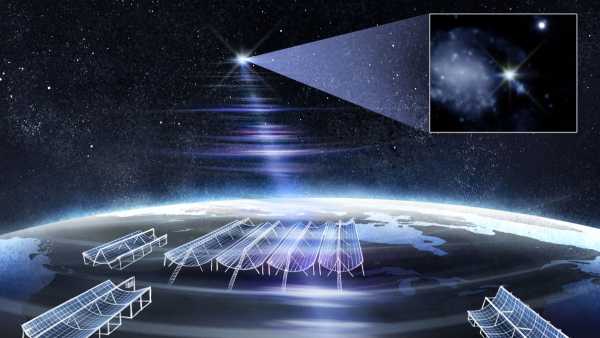
JWST Captures Record-Brightest FRB Burst
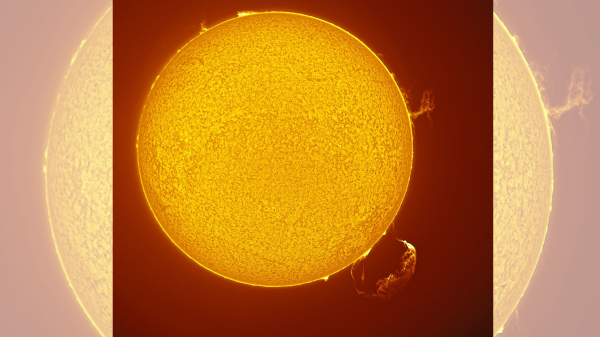
Solar tornado ejects giant plasma plume

JWST Discovers Hidden Moon of Uranus
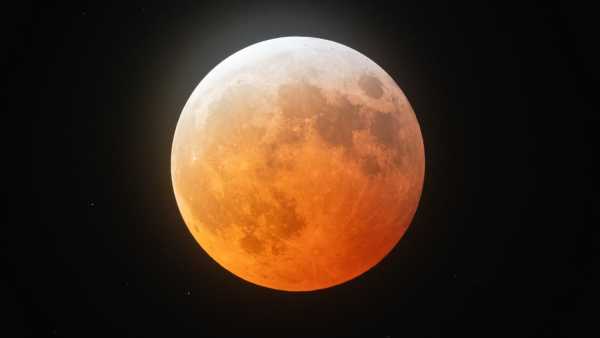
Where will the total lunar eclipse on September 7 be visible?

Scientists Discover First Triple Black Hole System, Recording Its Death

Rare 'Black Moon' to Be Visible This Weekend: What Does It Mean? Latest News

Mysterious 300,000-Year-Old Skull From Greek Cave Didn't Belong to Human Ancestors
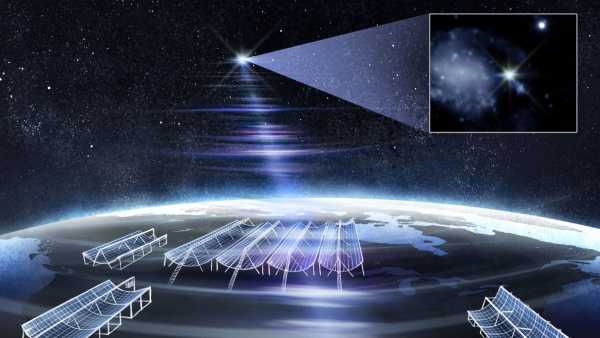
JWST Captures Record-Brightest FRB Burst

Christian cross found in Abu Dhabi confirms existence of ancient monastery

Would you use robots to support your pregnancy?

Toxic substances in groundwater are formed in the stratosphere

China's $14,000 Pregnancy Robot Is a Fake. But Is Such Technology Possible? POPULAR ARTICLES

1Pallas's cat: the oldest representative of the cat family, using its tail as a paw warmer
Live Science magazine is part of the international media group Future US Inc. Visit our website.
- About Us
- Contacts
- Terms of Use
- Confidentiality
- Cookies
- Availability
- Advertising
- Notifications
- Career
- Standards
- Suggest material
© Future US, Inc. 130 West 42nd Street, 7th Floor, New York, NY 10036.
var dfp_config = { “site_platform”: “vanilla”, “keywords”: “space-syndicated,no-index,exclude-from-syndication,type-news-daily,type-crosspost,serversidehawk,videoarticle,van-enable-adviser-
Sourse: www.livescience.com





